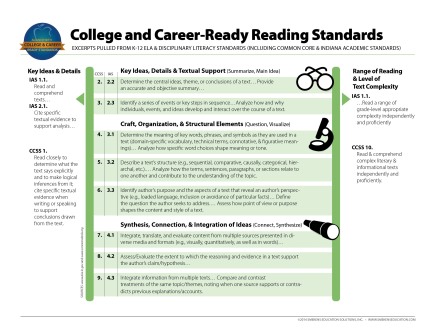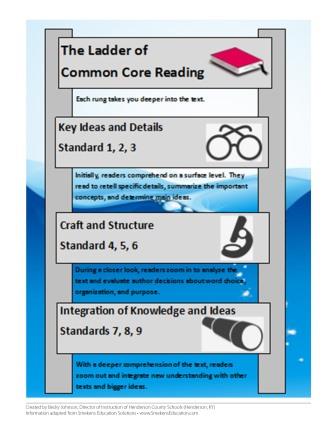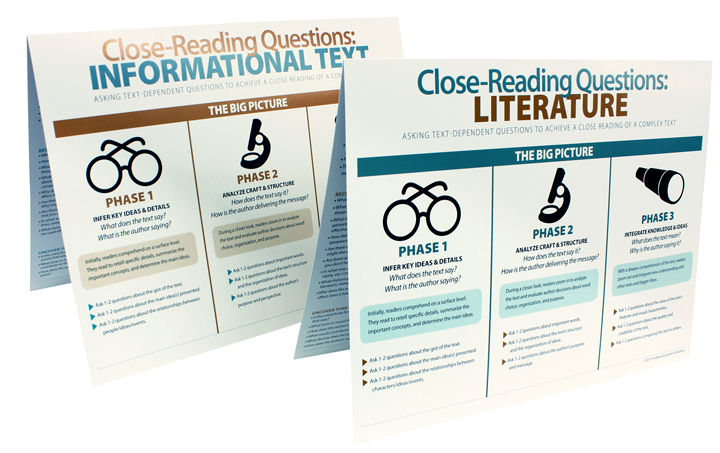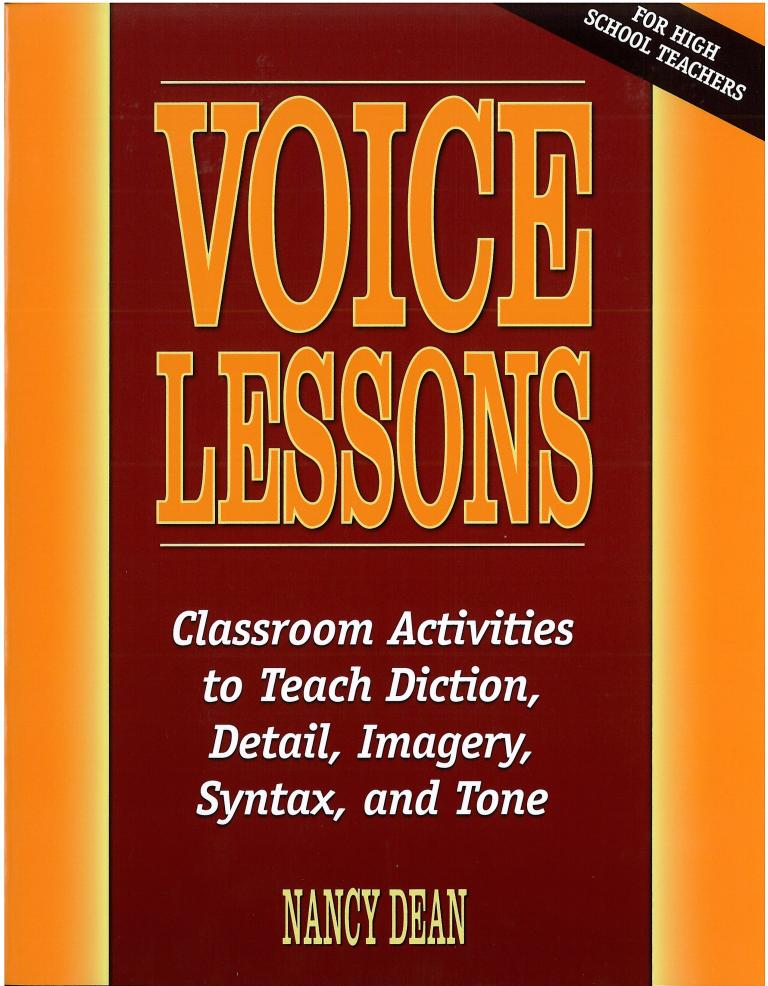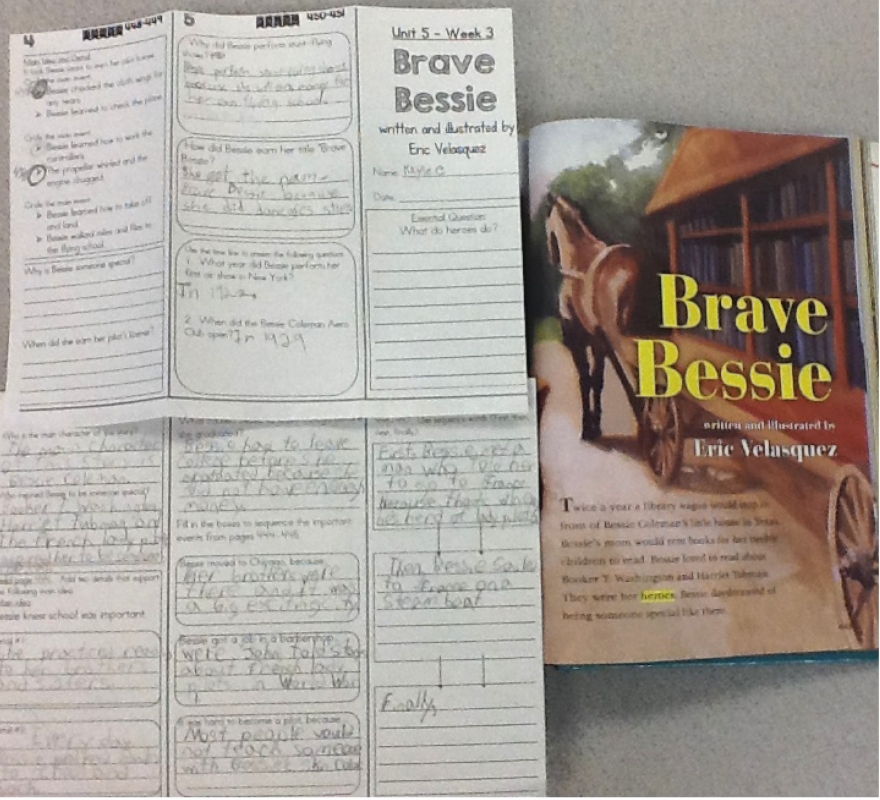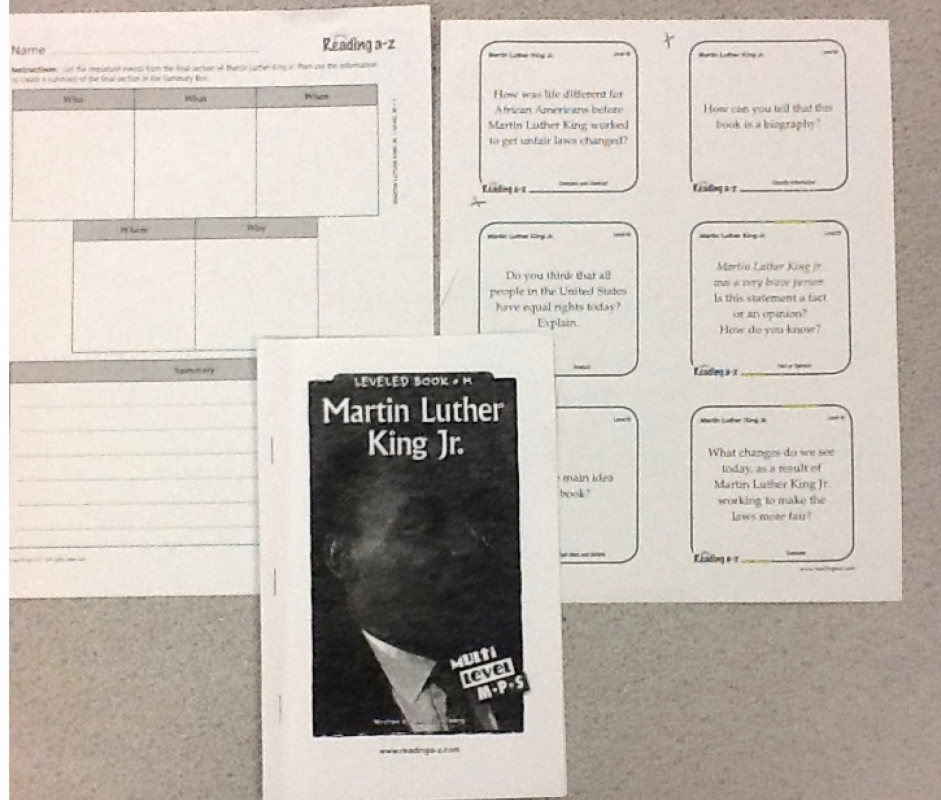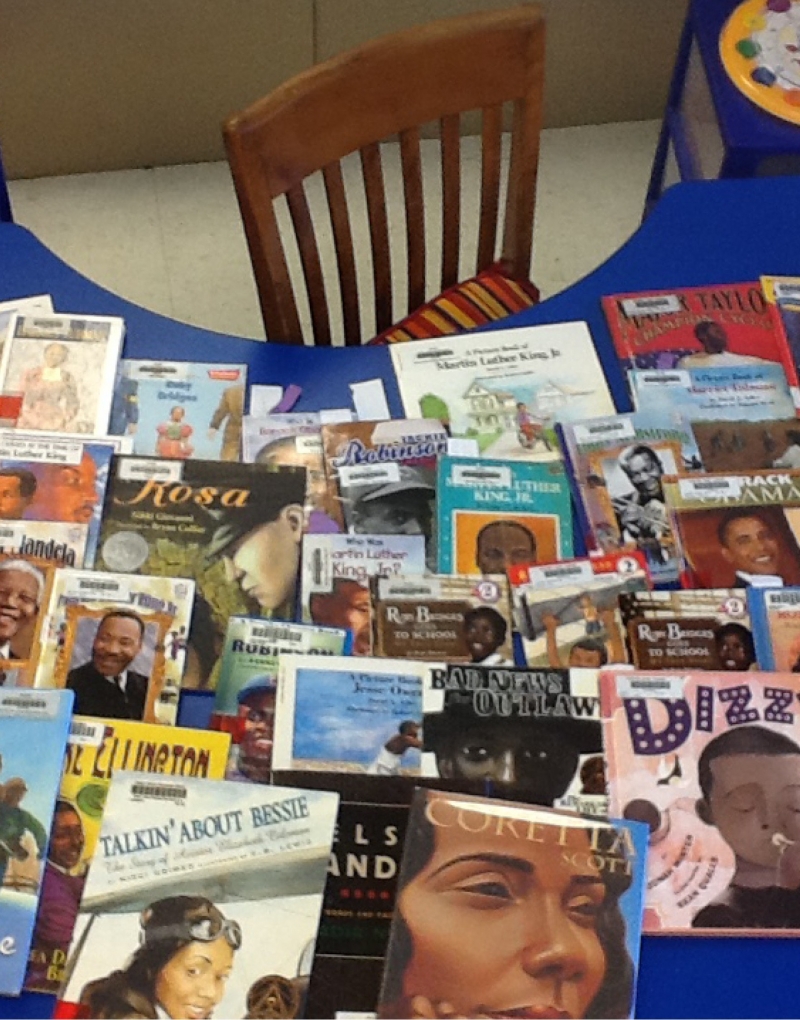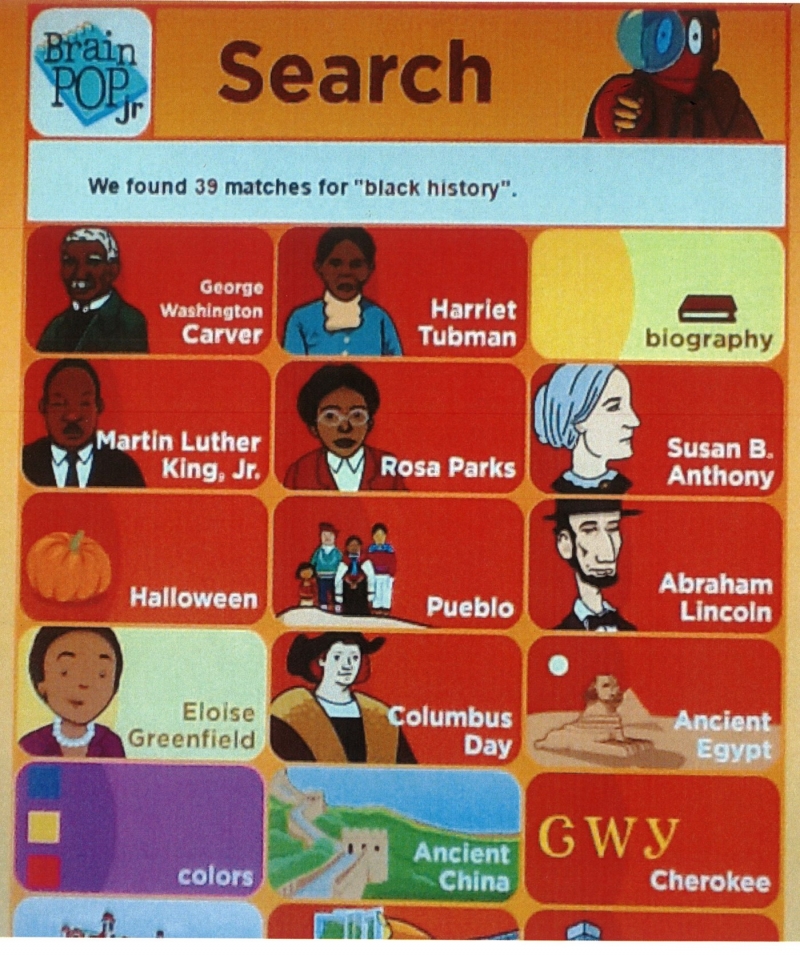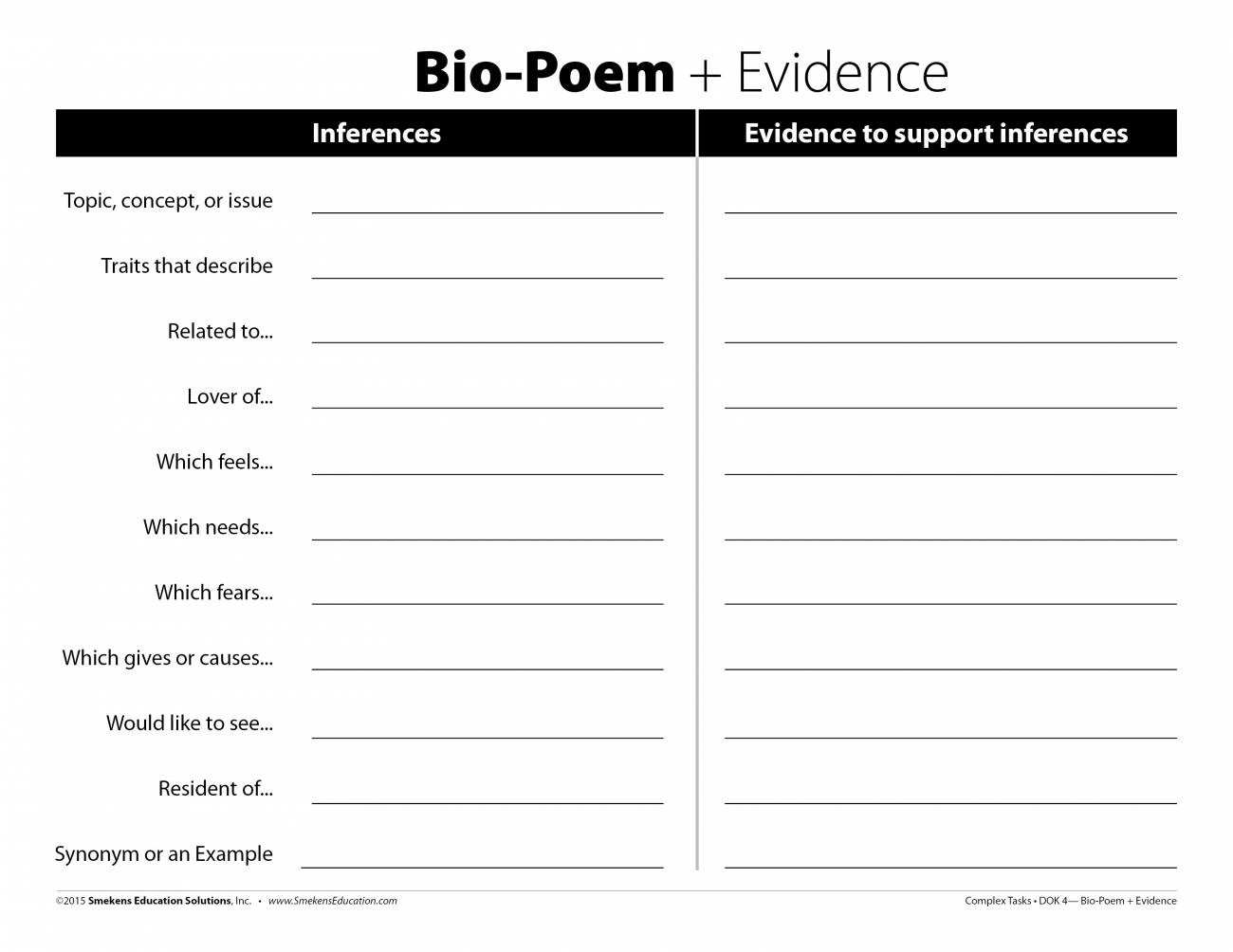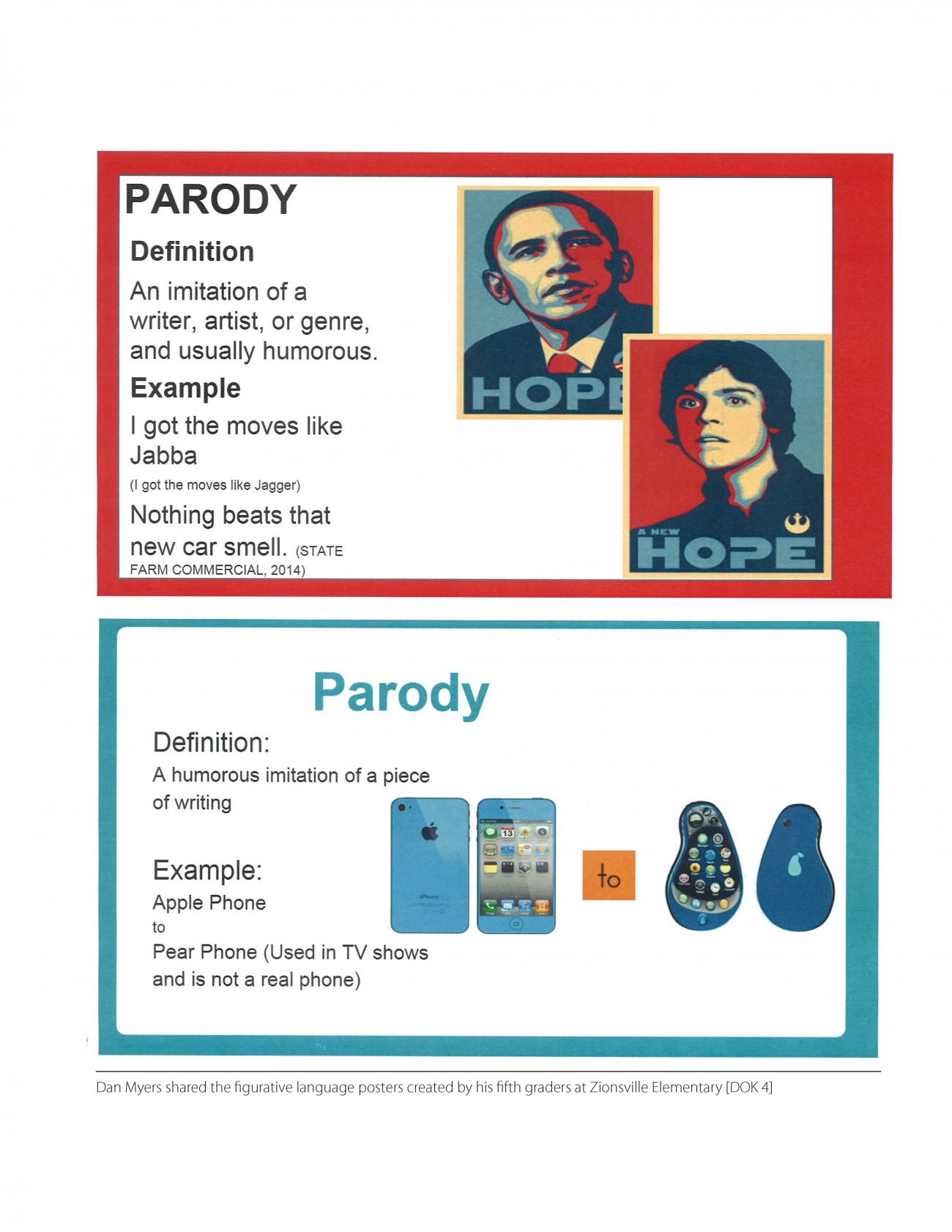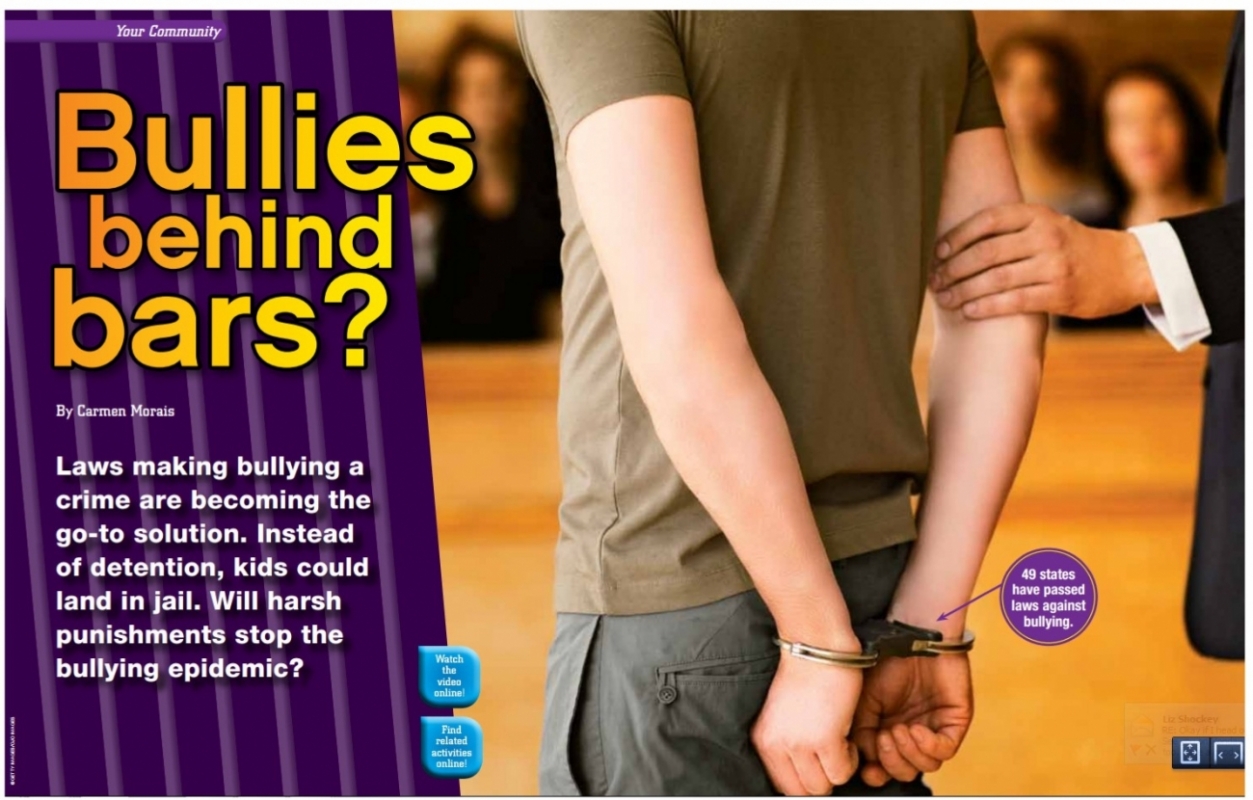Literacy Retreat 2015
SECRET SITE
Executing Complex Tasks After Reading

Apply close-reading to achieve the 4 levels of DOK
Norman Webb’s Depth of Knowledge (DOK) is a scale that aligns the cognitive demands necessary to execute a task/assessment. The more mental steps students have to juggle, the more complex the task. Download a 2-page document that includes the DOK levels and common question stems associated with each.
Guide students through the reading standards.
It’s not by accident that the standards are displayed in a vertical format, like a ladder. Each standard, each rung increases the cognitive demands of our students.
Not a climbing ladder, but a pool ladder set in the deep end. As our questions/tasks get harder, we are targeting levels 3 and 4 of the DOK scale.
Additional close-reading resources
- Access the close-reading icons: Eye glasses icon, Microscope icon, Telescope icon.
- Access the close-reading triggers.
- Acquire close-reading questions for Literature, Informational Text, or a set of both.

Consider the reader, task, and the level of support the teacher is providing.
We must expose students to this complex thinking and these complex tasks. But we have to be prepared to vary our level of support.
When the text is significantly complex (represented by the large book), plan to provide a significant level of support to your readers.
When the text is somewhat complex (represented by the medium book), plan to provide some support.
Adapt your instruction (support/scaffold), rather than the task.

Nudge with prompts.
Help students solve their own confusion/problem by activating their background knowledge.

Hint with cues.
Cues shift reader attention to key details/information needed to solve a confusion or answer a question. Point students in the right direction by giving them clues as to where to find the answer/necessary information.

Provide support in whole-class and small-group experiences.
You can’t offer support if you aren’t with the students when they are executing the task. Make sure these complex tasks are done in class.

Provide various types of scaffolding depending on the text.
- Teach comprehension strategies.
- Provide sufficient fluency.
- Use stair-steps or foundational texts.
- Help readers break a text down.
- Define key words.

Access a copy of the printable lyrics to Rachel Platten’s “Fight Song.”

Characteristics:
- Utilizes simple skills or abilities to recall info, locate facts, remember a procedure from the text.
- Targets basic comprehension.
- Items require shallow/literal understanding of text.
- Often consists of verbatim recall from text or simple understanding of a single word or phrase.

Characteristics:
- Important concepts are covered but not in a complex way.
- Requires two or more mental processes/steps, one of which requires inferential thinking.
- Often requires students to apply skills and concepts that are covered in level 1.

Characteristics:
- Always includes complex/multiple processes of thinking.
- Often requires abstract thinking. This might include explaining ideas, generalizing ideas, or connecting ideas.
- Answers include more than one possible answer.
- Requires deep knowledge.
- Thinking/Inferences require textual evidence/proof.
Resources for ideas featured:
INTERACTION TRACKER: Describe the most important relationship in the novel. What is important about it? What does it tell us about relationships in general? Use evidence from the text to explain your response. (EXAMPLE: Describe the relationship between the war and those at home during the Viet Nam War. Utilize an Interaction Tracker to collect evidence, and then explain your thinking.)
PRINT TEXT V. VIDEO/VISUAL: Analyze the original poem (print text). Compare it to how the video/visual text impacts the author’s intended message.
- Use this T-Chart to note comparable features between the original text and its movie version.
- Dan Myers had his Zionsville (IN) fifth graders compare the poem “Autumn Wind” to a pre-season video clip about the Oakland Raiders. (Access the questions he crafted for every phase of the close reading.)
CRAFTY CHOICES: Analyze the author’s use of “author craft.” How and when did he use this craft? What patterns or repetition did he create? Analyze the author’s choices. Small-dose experiences with this kind of thinking can be found within these texts for MS & HS teachers.
- Discovering Voice: Voice Lessons for MS & HS, Nancy Dean
- Voice Lessons: Classroom Activities to Teach Diction, Details, Imagery, Syntax, and Tone (HS), Nancy Dean
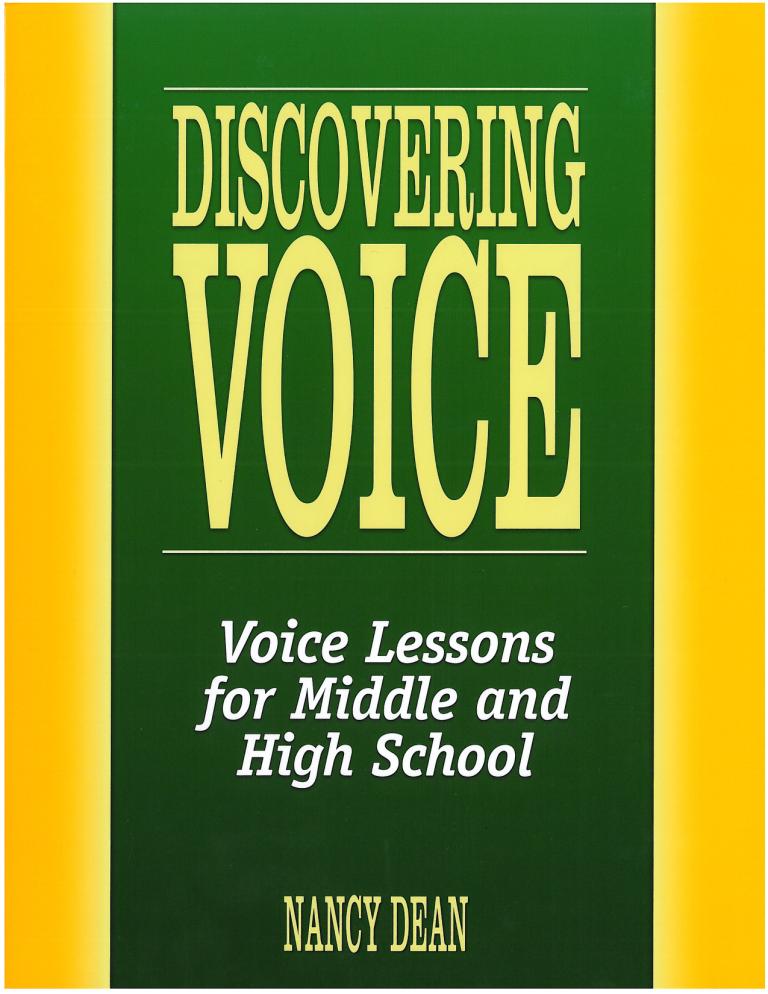
Apps for analyzing text.
- Fotobabble App, www.fotobabble.com –Take a photo (or upload one) of any text— photo, illustration, graph, cartoon, print text, etc. Record an audio analysis of the text. (View a tutorial.)
- Markup Hero App— Mark up/Annotate any document (PDF, photo, chart, map, etc.).

Characteristics:
- Typically involves multiple works (e.g., by the same author, from the same time period/genre, on the same topic/issue, etc.).
- May perform complex analyses among texts, make a claim/hypothesis, and/or draft an argument.
- Requires complex reasoning, planning, developing, and thinking.
- Always requires numerous pieces of textual evidence to support inferences made.
- Task often has a real-world/authentic literacy connection.
- Often requires an extended period of time.
Resources for ideas featured:
UTILIZE TEXT SETS: Eastern Greene Elementary teacher Larry Leonard builds two-week long units that center on single concepts—rainforests, fairy tales, alligators, volcanoes, etc. Within the two weeks, he builds a text set that includes an anchor text and multiple other texts. He also addresses relevant science and math concepts and targets key vocabulary. As the two weeks progress, he requires students to juggle the different sources, synthesizing information across them to answer questions in writing.
- Download a synopsis of Larry’s two-week unit on volcanoes.
- During the fairy tales unit, Larry revealed numerous versions of the Three Little Pigs. In addition to reading standards, Larry pulled in math and science as well. Students created “houses,” and then Larry tested their strength with his version of a Big Bad Wolf’s huff-and-puff. Check out three of the houses being tested in these short video clips:
Big Bad Wolf 1
Big Bad Wolf 2
Bigger Badder Wolf 3

Eastern Greene Elementary second grade teacher Larry Leonard shared another two-week long unit—this one focused on heroes during Black History Month. He created four stations that students rotated through for two weeks. During this time, his students also engaged in a close reading of Brave Bessie—his anchor text.
ARGUE A POSITION: Read multiple texts on the same debatable issue. Collect evidence for two perspectives. Based on the side you can best prove, write an argument for how to handle the issue, citing evidence for your claim.
- EXAMPLE: Anna Parks, ELA teacher at Norwell High School (IN) drafted this argumentative writing task after her students read To Kill a Mockingbird. You are the editor of Glencoe/McGraw-Hill. In the mail you received the manuscript for To Kill a Mockingbird from Harper Lee. You’ve read it and now need to write a letter of acceptance or rejection to the author regarding the publication. Your letter should follow the guidelines for formal business letters and include specific evidence from the text to support your argument for or against publishing the manuscript. Read authentic student examples for both a REJECTION and ACCEPTANCE.
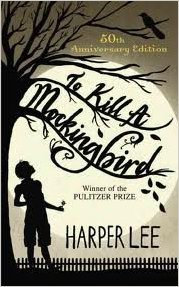
BRING IT IN: Provide students with a specific question/prompt, along with this multi-text note-taking template. While reading four different assigned texts, students log facts & details that support the answer to the question (one per quadrant). They write their synthesis/response in the middle space.
BIO-POEM + EVIDENCE: After reading/studying several texts on a concept, students complete the Bio-Poem template, including evidence for each of their responses.
“CHARACTER” REPORT CARD: Determine the
categories/subjects to grade the “character.” Determine a letter grade for each and provide comments as to why the grade is warranted, citing evidence from the texts.
RESOURCE POSTERS: After studying figurative language (and noticing that some types weren’t represented in the Smekens Figurative Language posters hanging in the classroom), fifth graders decided to apply what they learned about the figurative language device and create a second edition that matched the style and look of the originals.
DRAFT A POLICY, PROCEDURE, RULE: After reading several texts on a single issue, draft a new policy/procedure/rule for handling this in the future. (EXAMPLE: Health/P.E. teacher Dave Neuenschwander provided his Adams Central HS (Monroe, IN) students articles on relevant issues–e.g., concussions in athletics, bullying in school, etc. He had students read and respond to each article, citing evidence from the original texts.)
- Concussion article and writing prompt (Access student responses.)
- Bullying article and writing prompt (Access student responses.)


